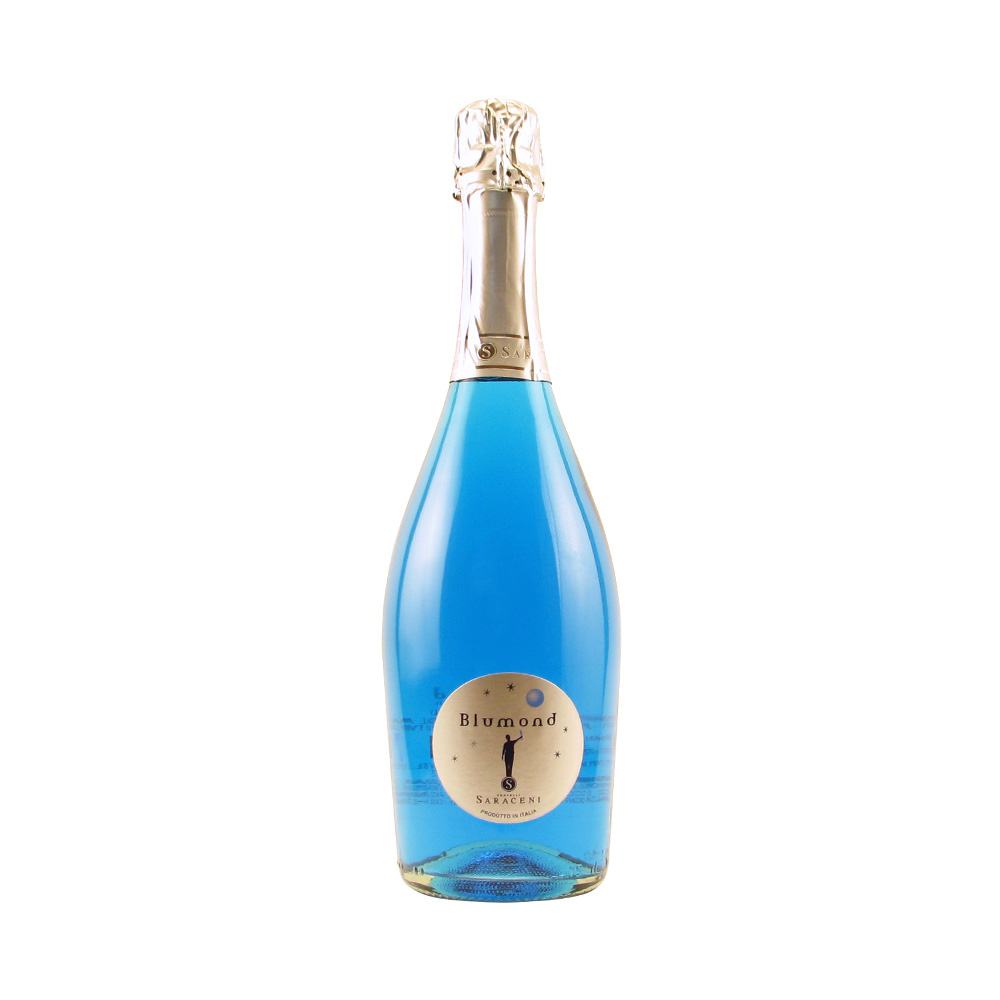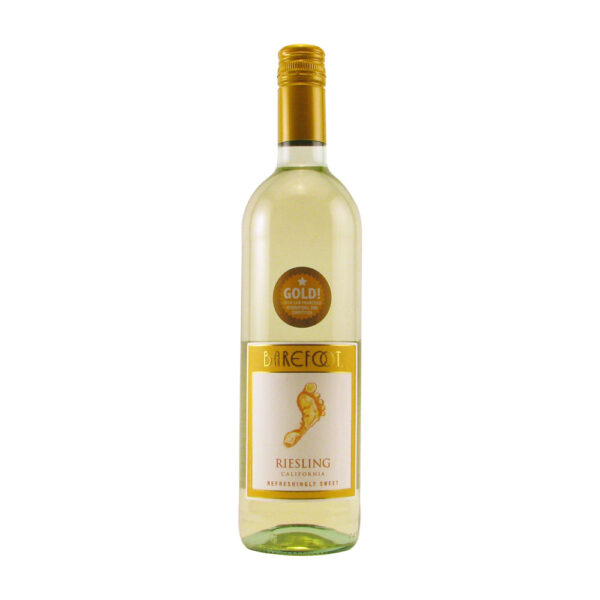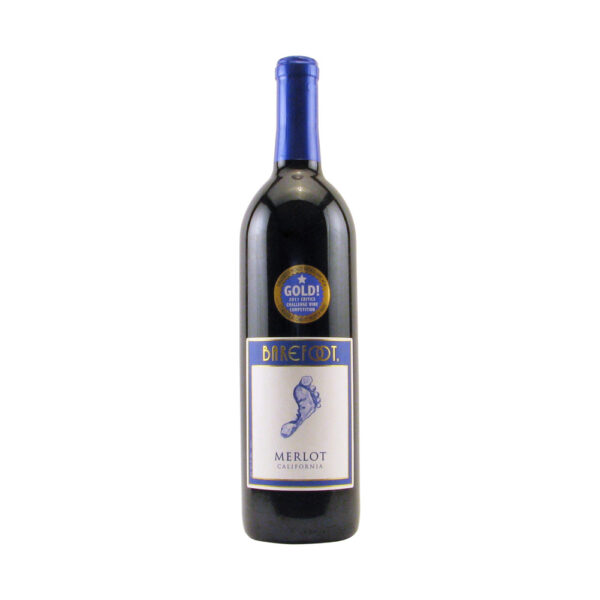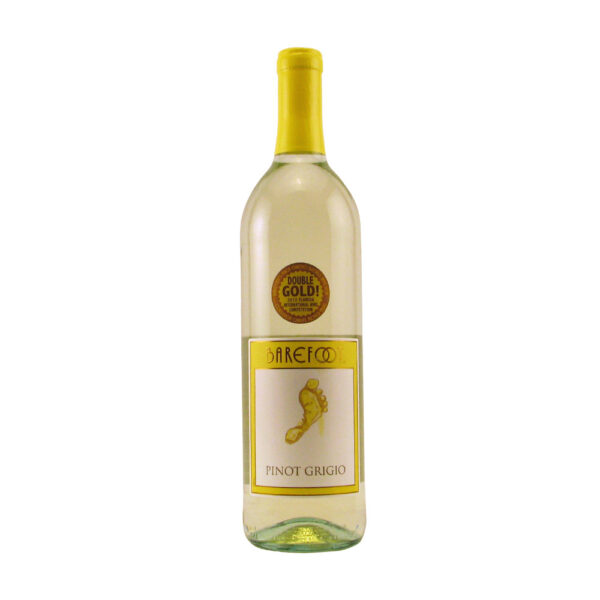Description
Saraceni Blumond
It’s sophisticated, delicate, fun and a flavorful sparkling wine. The strikingly beautiful Blu Processco wine is light, has a lively sparkle and contains concentrated fruit and residual sugar to please the palate. It has an absolutely perfect balance of acidity too. It’s made with Prosecco, blue curaçao and peach. Blu is best described as smooth, crisp, and has a delicate floral aroma with a very pleasing effervescence.
Blu Prosecco is the perfect amount of sparkle. Bring something unique to your next gathering or celebration. The color, sparkle and bubbly site inspire a festive time for everyone.
Saraceni Blumond Best Features:
Taste: Slight sweet that is not overpowering with a floral scent
Aroma: Pear skin, white peaches, honey and flowers
Appearance: Blue, Light Blue
ABV: 7%
Pairing: Excellent as an aperitif, with desserts as well as for cocktails or simply on its own
Prosecco (“Pro-sekko”): La Dolce Vita – The good life
This sparkling wine is named after an Italian village where the grape and wine originated from. The originating grape’s name, Prosecco had to be changed by the Italian government to protect it against imitators. It has been changed to Glera. Glera should account for 85% of the Prosecco wine.
There are 3 types of Prosecco, making it possible to not always be bubbly! They can be spumante (“sparkling wine”), frizzante (“semi-sparkling wine”), or tranquillo (“still wine”). While many varieties of wine can be made in other countries, Prosecco is only made in certain areas of Italy.
Refreshing, flavorful, (usually dry) and light-bodied. There is an up and coming method that producers are starting to use when making this fun wine. Col fondo is a technique that leaves yeasts in the bottle, causing a layer of sediment to develop at the bottom. This method adds to the wine’s flavor profile.
There are four different levels of sweetness when it comes to Prosecco DOC. Brut, Extra dry, Dry or Demi-Sec, with Brut being the driest and Demi-Sec the sweetest. Prosecco Superiore has three levels of sweetness, Brut, Extra Dry and Dry, the driest being the Brut version.
Prosecco should be enjoyed young and fresh. It’s perfect for all occasions, and as the Italians know, it’s ideal for everyday.
What to Pair With Prosecco:
One of the best features of this light, bubbly, fun sparkling wine is, it’s versatile!
Prosecco vs. Champagne:
Prosecco is from Italy while Champagne is from France. However, that’s not the only difference. Let’s figure out which is best for your palate!
Champagne:
- Made with Chardonnay, Pinot Noir and Pinot Meunier grapes
- A standard pour of Brut Champagne has 128 Calories
- 12% ABV
Tasting: A cheese rind like flavor in finer examples can be toasty or biscuit like. This is due to the aged process which is longer. The bubbles are persistent, sharp because they are aged under high pressure in the bottles. Vintage-dated Champagnes often have almond-like flavors along with orange-zest and white cherry.
Common Food Pairing: Since most Champagne is intensely dry and has high acidity it works wonderfully as an aperitif matched with shellfish, raw bar, pickled vegetables and crispy fried appetizers. Sipping Champagne with potato chips may sound low-brow, but it’s an insanely good pairing. Try it out, you won’t be sorry!
Prosecco:
- Made with Gelra grapes
- A general pour of Prosecco has 121 Calories
- 11% ABV
Tasting: Fruit and flower aromas are due to the grape. Let’s talk about the bubbles. Usually they are lighter, spritzy and frothy with less persistence. This is due to how the wine is aged, which is in large tanks with less pressure. Finer Prosecco wines often exhibit notes of tropical fruits, banana cream, hazelnut, vanilla and honeycomb.
Common Food Pairing: Since Prosecco leans more towards the sweeter end of the spectrum it’s a perfect match with cured meats and fruit-driven appetizers like prosciutto-wrapped melon and popular Asian dishes such as Thai noodles and sushi.
Master Sommelier Little Known, Big Facts:
- The color of wine depends on the fermentation extracts using skin, like Red wine as compared to white wine, leaving the skin behind
- The oldest bottle of wine dates back to A.D. 325; it was found in Germany inside two Roman sarcophaguses
- The worst place to store wine is usually in the kitchen because it’s typically too warm, in refrigerators, their warmest setting can be too cold
- Richer heavier foods usually pair well with richer, heavier wines; light wines pair with lighter foods
- Generally, a vintage wine is a product of a single year’s harvest, not when the wine is bottled
- A “dumb” wine refers to the lack of odor while a “numb” wine has no odor and no potential of developing a pleasing odor in the feature
- If a server or sommelier hands you a cork, don’t smell it, look for the date or other information ( mold, cracking, or breaks)
- Tannin is a substance that tingles the gums when you indulge your palate with a sip of wine, it’s an excellent antioxidant
- Smell is by far the most important sense when it comes to drinking wine
Wine was first developed in Mesopotamia, not France - French wines are labeled following the soil on which they are produced, not according to the grape used
- When chilling wine, adding salt to ice will cool it down faster
Italy:
Italy has adopted a rigorous controlled appellation system that has strict controls with regulations governing vineyard quality, yields per acre, and aging practices just to name a few. There are over three hundred DOC (Denominazioni di Origine Controllata) and DOCG (Denominazioni di Origine Controllata e Garantita) wines today. There are over five hundred classifications IGT (Indicazioni Geografica Tipica) wines are factored in too.
Depending on the region of Italy, you’ll have a better idea of what types of wine are produced.
In the North, the Italian Alps lay against long expanses of the Po River plains. Tiny pockets and microclimates along the mountains link to their very own special wine. It always seems to be a fight between nature and wine, but wine continues to win as it has an extraordinary ability to age.
Central Italy delivers many more exciting wines such as Sagrantino from the Umbrian town of Montefalco, dense and dark Montepulciano from Abruzzo, and white Verdicchio from Le Marche.
Southern Italy, specifically Sicily has native grapes like Nero d’Avola (red) and Grillo (white). Grillo is used to produce fortified wine Marsala. Sicily has a relaxed regulation with an increased experimentation which make the “new world” wine region, while perfectly locked within the confines of an “old world” wine reality.
Warnings:
You must be 21 or over to purchase this product.
Instructions:
Serve cold due to its sweetness






Reviews
There are no reviews yet.